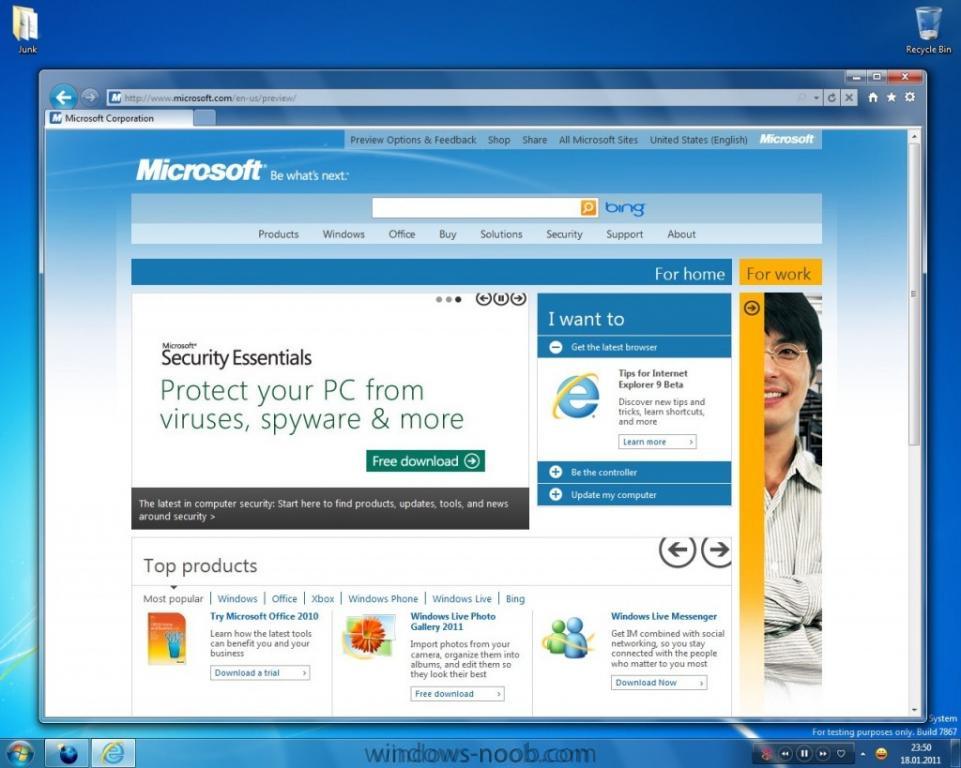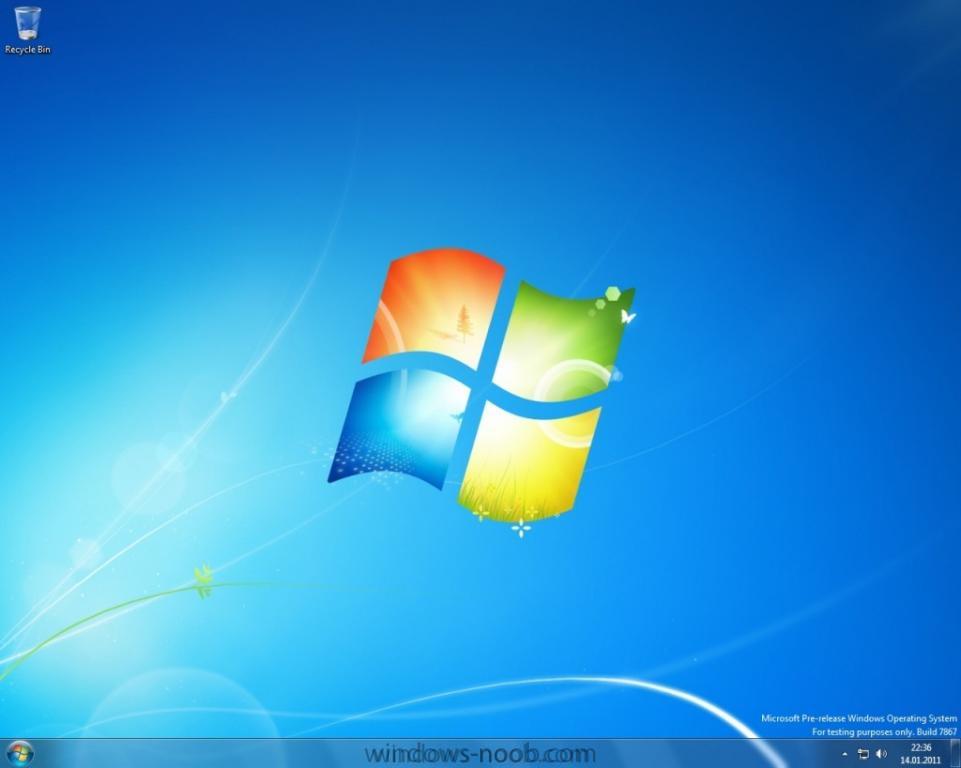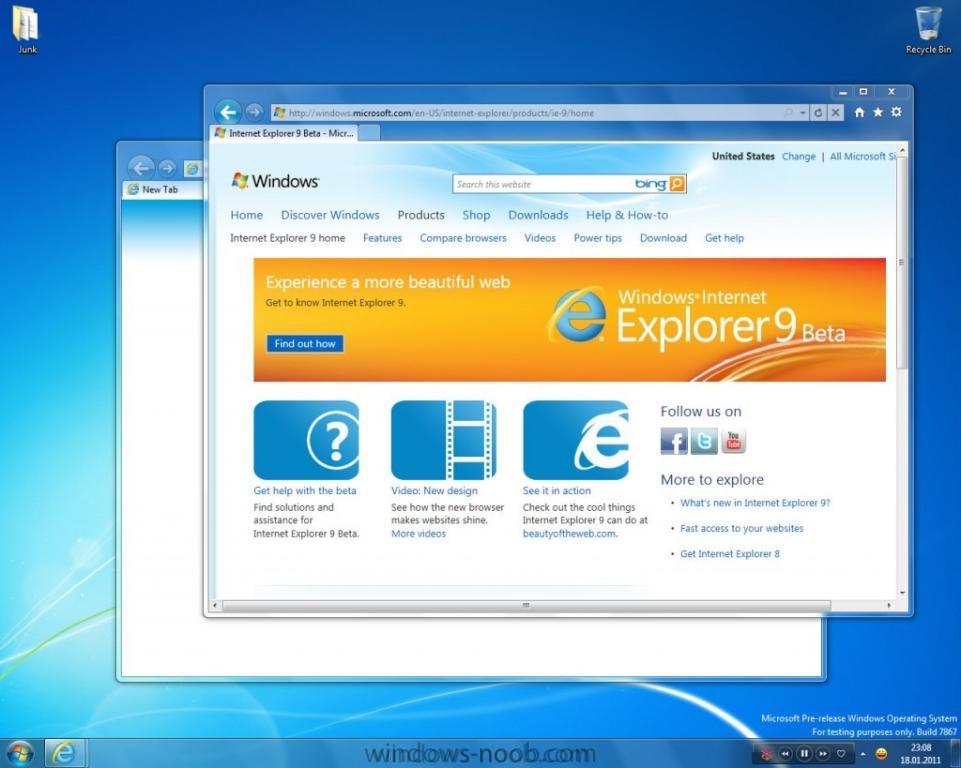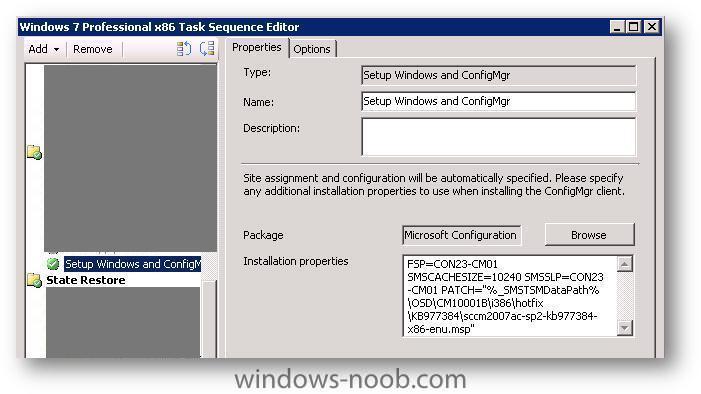-
Posts
9247 -
Joined
-
Last visited
-
Days Won
369
Everything posted by anyweb
-
have a read of this post for ideas http://social.technet.microsoft.com/Forums/en-US/configmgrgeneral/thread/4c87b3e9-0520-443a-b5fd-c6e466477655/ namely:- 1) Did you set up the reporting point correctly? Does it show any errors? 2) Is the account you are using a member of the SMS Admins and/or the SMS Reporting Users Group? 3) Does the account (direct or via group membership) have at least read permission on the Report class? 4. have you also added "read" rights for the site object?
-
it's probably just an Obsolete record (when a computer is reimaged the old record is marked as obsolete), obsolete records are deleted automatically by the delete aged discovery data under site maintenance/tasks
-
you need to remove any gpo's that are pointing to a wsus or even a sccm sup, the installation of the sccm client will take care of updating the registry on the client with the address of the active sup
-
welcome, great to see the lurkers joining in
-

Confirming a Secondary Site is Being Used by a Client...
anyweb replied to MRaybone's question in Troubleshooting, Tools, Hints and Tips
what do the ClientLocation.log and locationservices.log files say -
With Microsoft well at work on the next version of Windows — more specifically with Windows 8 M2 development underway — many are hoping for a build to escape Redmond and leak upon us. The build may very well have escaped Redmond, but not to the general public, but through a chain of under-the-table passing from one trustee to the next. DeviantArt user Misaki2009 with ties to the Russian leaking community has published the following screenshots of 6.2.7867.0.101020-1800 on his dA page: While there is a chance that these shots may be forged, GeekSmack strongly believes that they are legitimate screenshots of Windows 8 Build 7867, which was the build demonstrated at CES. As you can see, a build of IE9 allowing tabs to be situated beneath the address bar is present in these shots, as Microsoft are compiling internal IE9 builds with such functionality. The dA user who published the shots is not willing to leak or share the build with anyone, stating that we must “wait ’till will leak on the web from Zukona or Canouna”. While 7867 is a very early build with barely any visual changes, the significance of this news is that builds are starting to escape the grasp of Redmond. For leak enthusiasts, this news means that unofficial 8 builds may begin to surface on the Internet from the usual sources shortly. Stay tuned for updates. via > http://www.geeksmack.net/microsoft/windows-8-build-7867-screenshots-surface-hint-at-impending-leak?utm_source=twitterfeed&utm_medium=windows-noob.com
-

SCCM Troubles - R3 installation not working...
anyweb replied to Mr.G's topic in Configuration Manager 2007
please take a look at this post from Jason as well - http://myitforum.com/cs2/blogs/jsandys/archive/2011/01/17/configmgr-client-hotfix-queries.aspx which references a recent blog from Microsoft about the client hotfixes - http://support.microsoft.com/kb/2477182 are you getting any further ? -

SCCM Troubles - R3 installation not working...
anyweb replied to Mr.G's topic in Configuration Manager 2007
its receiving the policy but nothing much more read this post for troubleshooting advanced client installation http://support.microsoft.com/kb/925282 -

SCCM Troubles - R3 installation not working...
anyweb replied to Mr.G's topic in Configuration Manager 2007
doesnt look like it's run yet, how long have you waited and have you succeeded in deploying anything to this client yet ? -
well have you seen the guides here, they are specifically for WDS in Windows Server 2008 http://www.windows-noob.com/forums/index.php?/forum/65-windows-deployment-services/ I need the full error that you are receiving, can you please post it here
-
is the client on the same vlan as the dhcp server ? did you configure any DHCP scope options ? did you configure WDS ?
-

SCCM Troubles - R3 installation not working...
anyweb replied to Mr.G's topic in Configuration Manager 2007
take a look at this post, does it give you some ideas ? could be that the update worked and your still looking at old data, have you verified the client version ON a client (not from the server) -

Deleted package continuously trying to distribute to DP...
anyweb replied to MRaybone's question in Troubleshooting, Tools, Hints and Tips
nice, did it work ? and did you do this on the primary or central ? -

OSD XP Deployment
anyweb replied to Keslaa's question in Deploying Windows 10, Windows 8.1, Windows 7 and more...
can you post the script you are testing with ? -

SCCM Troubles - R3 installation not working...
anyweb replied to Mr.G's topic in Configuration Manager 2007
have you verifed that the patch has installed on the clients ? -
have you tried adding a SLP (server locator Point)
-

SCCM Troubles - R3 installation not working...
anyweb replied to Mr.G's topic in Configuration Manager 2007
so you have pushed the client with the hotfix again ? or what have you done exactly ? where are you checking for the version of the client ? -
why not just create a run command line step called Add Local Admin which does as follows:- cmd /c net localgroup "Administrators" "DOMAIN\%USERNAME%" /add you can get the %USERNAME% via a frontend HTA by prompting the user at the start of the installation, or via computer variables or other methods...
-

SCCM Troubles - R3 installation not working...
anyweb replied to Mr.G's topic in Configuration Manager 2007
you need the clients patched as well, if they are not, then the client version will be reported at the SP2 level... see below:- Configuration Manager 2007 R3 System Requirements Primary and secondary site servers in the hierarchy, remote Configuration Manager consoles, and remote providers must install the update described in Article 977384 (http://go.microsoft.com/fwlink/?LinkId=199896) at the Microsoft Support site before you install Configuration Manager 2007 R3. Other than the hotfix, Configuration Manager 2007 R3 does not introduce significant changes to supported site system and client requirements from those required for Configuration Manager 2007 R2 and Configuration Manager 2007 SP2. Configuration Manager 2007 R3 Client System Requirements To use power management in Configuration Manager 2007 R3, you must first install the update described in Article 977384 (http://go.microsoft.com/fwlink/?LinkId=199896) at the Microsoft Support site to client computers in your organization. Other than the hotfix, the Configuration Manager 2007 R3 client requirements and supported operating systems are the same as the Configuration Manager 2007 SP2 client requirements. For more information about client requirements, see Configuration Manager 2007 SP2 Supported Configurations. to automatically add the hotfix required you can use this method http://blogs.technet.com/b/deploymentguys/archive/2010/08/13/automatically-populate-the-patch-property-for-the-configmgr-2007-client-installation.aspx or use the Patch property as described here, here and here sample patch property in a ts below:- -
yup do that, i'm pretty sure i reference the ports needed to be opened in the guides... i'll recheck







